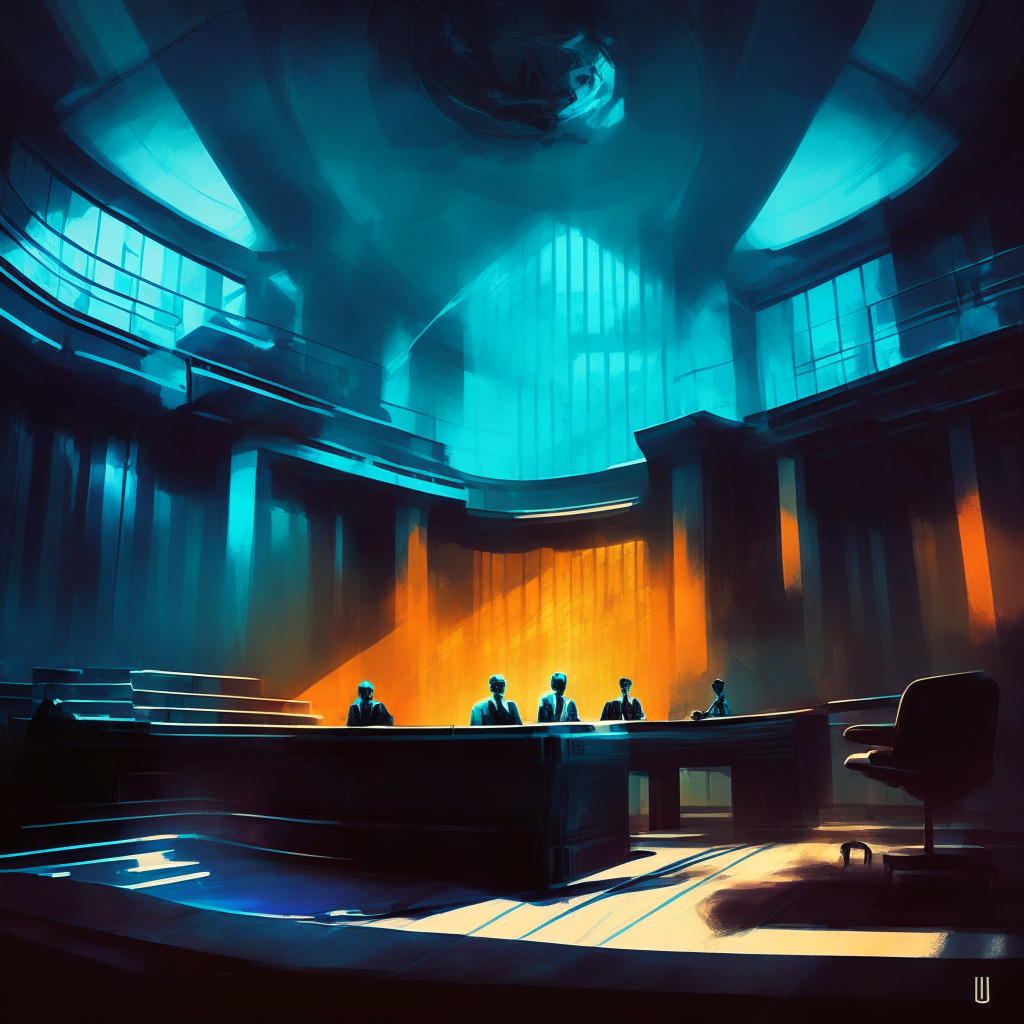The clamouring echoes of defunct crypto lender BlockFi creditors are growing louder as they move for the liquidation of the company. They have levied accusations at the company’s management team, including CEO Zac Prince, casting aspersions of “fraud,” “extortion,” and “mischief.” Their primary grievance lies in what they perceive as delay tactics in the resolution of ongoing bankruptcy proceedings. Precipitating factors include the allegation of senior management utilizing time to negotiate legal releases for personal protection from potential repercussions due to loans made to FTX’s Alameda Research.
The creditor committee penned in an official document to the New Jersey Bankruptcy Court its dire call for closure, particularly with the allegations of possible corporate maleficence. They referenced an investigative report, previously filed under seal, indicating that BlockFi, spearheaded by Prince, had enacted a deliberate fraud on their customer base.
It’s clear the allegations are weighty. However, is there more to the story that we’re missing?
Ironically, while the creditors have clearly stated their fervent belief that “mediation is over; negotiations are over”, the function and impact of bankruptcy processes can’t be understated. As a primary legal tool, bankruptcy not only allows for the possibility of debt discharge, it also aids in providing a temporary reprieve to organizations enabling crucial negotiation time for plausible solutions.
BlockFi itself seems to hold a different opinion than its creditors, especially considering their recent filing of an updated plan under Chapter 11 of the bankruptcy code. The revised disclosure statement under the bankruptcy plan implies a potential recovery amount ranging from 39% to 100% for BlockFi interest account holders who are collectively owed around $1 billion. This is notably higher than the 36%-60% range suggested if the company assets were merely liquidated.
Weighing accusations alongside defense arguments, it’s evident that the fallout of BlockFi is a tangled web of complexity. One might argue that converting to a liquidation case could result in a fair resolution sooner. However, choosing to liquidate outright without attempting to salvage, might leave account holders observing a lesser recovery amount.
As of now, there is no official response from BlockFi‘s legal team. While it’s still cloudy ahead, one questions whether complete liquidation of the company is the best course of action for the disgruntled creditors, or if patience and the pursuit of potential bankruptcy resolutions might yield higher recoveries with time. Only time will tell.
Source: Coindesk




